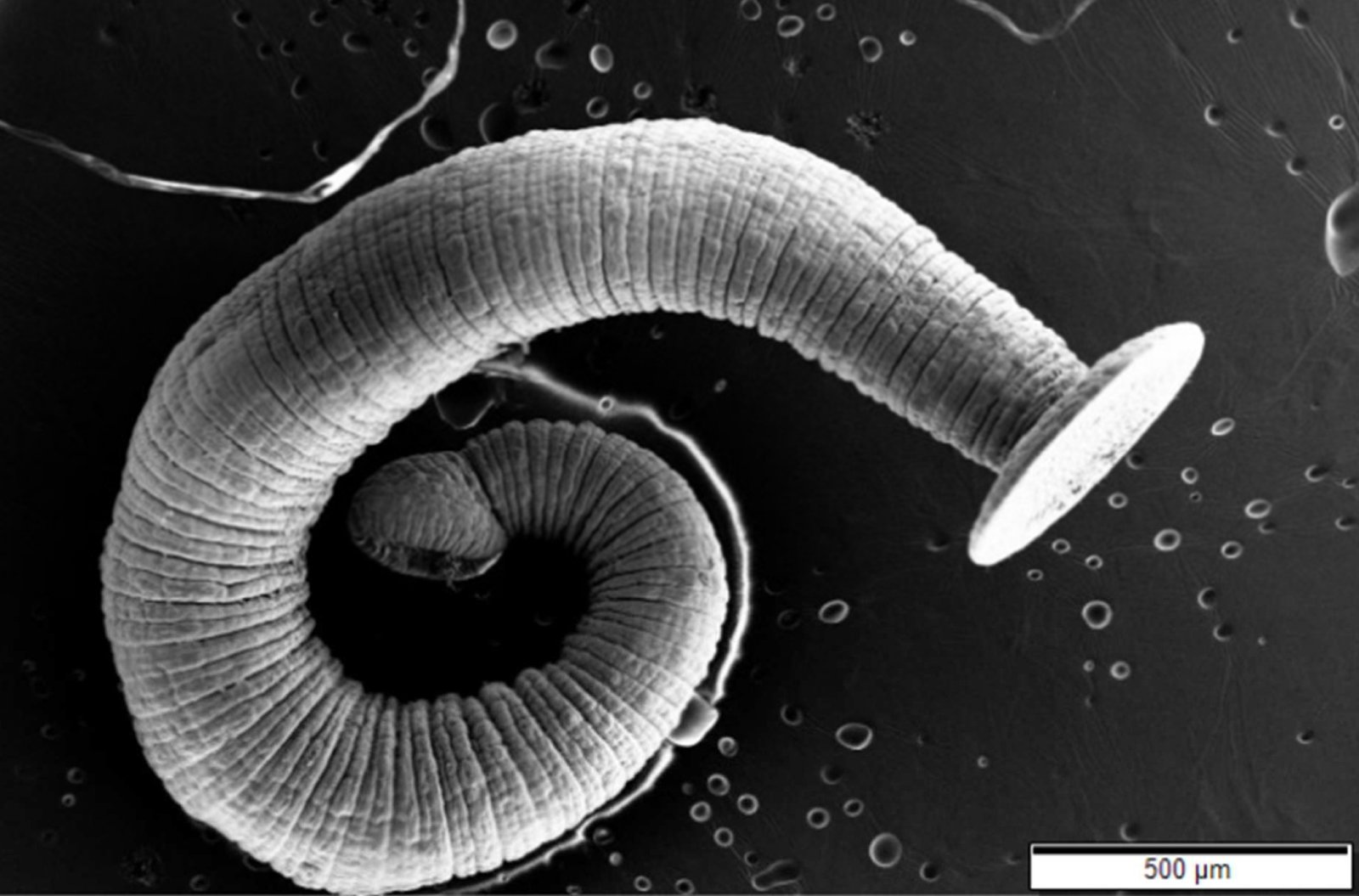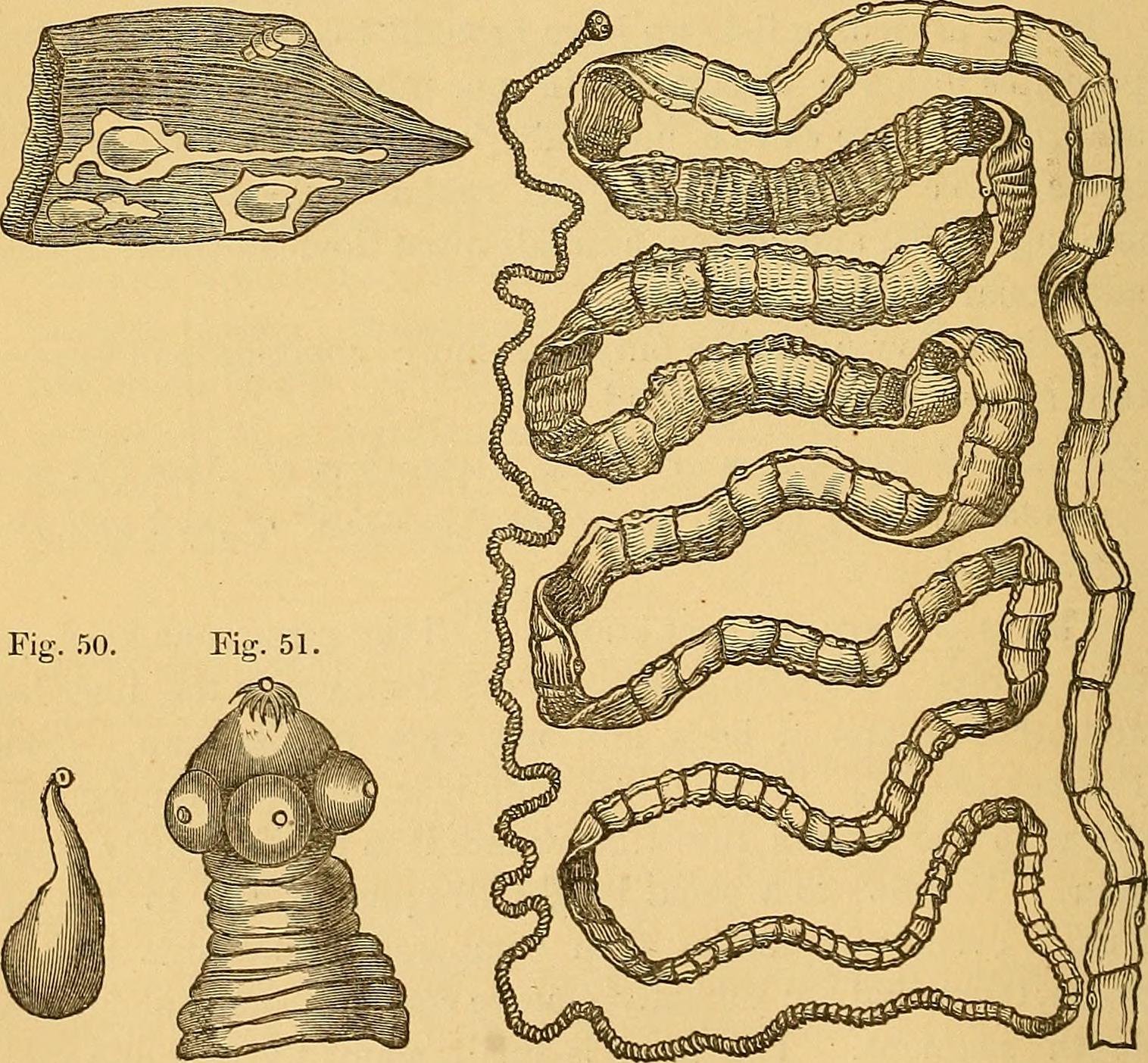Imagine sharing your body with a silent invader for years—possibly decades—without the faintest clue. It sounds like the premise of a horror film, but for millions of people around the world, it’s a chilling reality. Tapeworms, those ribbon-like parasites that have haunted human history, can make a home within us, feeding quietly off our insides while leaving us blissfully unaware. The thought alone is enough to spark both fascination and fear. How do these mysterious creatures manage to stay hidden for so long, and what does science reveal about their secret lives?
The Intriguing World of Tapeworms

Tapeworms are not your average parasite. They belong to a group of flatworms known as cestodes, and their appearance is both bizarre and strangely elegant, with long, segmented bodies that can grow to astonishing lengths—sometimes over 30 feet. Unlike other worms, tapeworms don’t have mouths or digestive tracts. Instead, they absorb nutrients directly through their skin, living off whatever you eat. This remarkable adaptation allows them to thrive undetected in the human gut, making them masters of stealth. Their life cycle is complex, involving multiple hosts including pigs, cattle, and even fish, before finally ending up in humans.
How Do Tapeworms Enter the Human Body?

Most people pick up tapeworms through contaminated food or water. Undercooked pork, beef, or fish harboring tapeworm larvae are common culprits. Sometimes, even a simple trip abroad or a meal at a sketchy restaurant can set the stage for infection. Once swallowed, the larvae latch onto the walls of the intestine, maturing into adult worms over weeks or months. In rare cases, eggs can be ingested directly, leading to more severe infections that spread beyond the gut. The ease with which they can invade our bodies is both shocking and unsettling, especially since the earliest stages are almost always symptomless.
A Life Lived in the Shadows: How Tapeworms Stay Hidden

Tapeworms are experts at going unnoticed. They produce special chemicals that dull the body’s immune response, effectively disguising themselves as harmless. Because they rarely cause immediate pain or discomfort, most people remain oblivious to the infection for years. In fact, many people only discover their unwanted guest during a routine health check or after seeing unusual segments in their stool. The parasite’s ability to blend in makes it one of the most successful infiltrators in the animal kingdom.
Signs and Symptoms: The Subtle Clues
For the majority of those infected, tapeworms cause no obvious symptoms. But in some cases, the body sends out subtle signals: mild stomach pain, unexplained weight loss, or persistent hunger. Others might notice fatigue or slight digestive issues that are easy to overlook or blame on stress. The most telltale sign—passing segments of the worm in the stool—doesn’t always occur. Because these symptoms are so vague, they’re often ignored, allowing the parasite to grow and thrive for years.
The Startling Longevity of Tapeworms

One of the most astonishing facts about tapeworms is their lifespan. Some species can survive for 20 years or more inside the human body, quietly feeding and reproducing. Their segments, called proglottids, break off and are expelled, each packed with thousands of eggs ready to start the cycle anew. This extraordinary staying power means a single infection can persist for a lifetime if left untreated. The idea that a parasite can coexist with a person for decades, unnoticed and undisturbed, is as fascinating as it is haunting.
The Global Reach of Tapeworm Infections

Tapeworm infections are not confined to any one region—they are a worldwide issue. While they are more common in places with poor sanitation and limited access to clean food and water, cases crop up everywhere, from rural villages to major cities. In some countries, cultural food practices—like eating raw or undercooked meat—raise the risk considerably. Even in developed nations, imported foods and global travel can bring people face-to-face with this ancient parasite.
Impact on Health and Wellbeing

Most tapeworm infections are mild, but complications can arise, especially if the parasite migrates outside the intestines. In rare cases, tapeworms can cause cysts in vital organs, leading to serious conditions like neurocysticercosis, which affects the brain and can be fatal if untreated. Chronic infections may cause anemia, malnutrition, or immune system problems. For children, the consequences can be especially severe, stunting growth and development. The hidden toll on human health is greater than many realize.
Diagnosis: Unveiling the Hidden Intruder

Detecting a tapeworm infection is not always straightforward. Doctors usually rely on stool samples to look for eggs or segments, but these may not always be present. Blood tests can sometimes reveal antibodies against the parasite, while advanced imaging techniques like CT scans or MRIs are used if the infection has spread beyond the gut. For many, the diagnosis comes as a complete shock—a revelation that something so significant was happening, completely unnoticed.
Treatment: Banishing the Silent Guest
Fortunately, tapeworm infections are treatable with medication. Drugs like praziquantel or albendazole kill the worm, allowing the body to expel it naturally. Treatment is usually simple, but in more severe cases—especially those involving cysts outside the intestines—hospitalization and surgery may be necessary. Early detection is key, as untreated infections can lead to long-term health issues. The relief that comes with eliminating the parasite is often profound, both physically and emotionally.
Prevention: Shielding Yourself Against Infection

Protecting yourself from tapeworms is surprisingly straightforward: cook meat thoroughly, wash fruits and vegetables, and practice good hygiene. When traveling, be wary of street food and unsafe water sources. Educating communities about safe food preparation and improving sanitation are vital steps in reducing infection rates worldwide. With a little vigilance, the risk of hosting a tapeworm can be dramatically reduced.
The Unseen World Within: Final Reflections

The story of tapeworms is a stark reminder of the hidden worlds that exist inside us, shaping our lives in ways we rarely consider. These ancient parasites have mastered the art of survival, thriving quietly alongside us for centuries. Their ability to remain undetected for decades is both a scientific marvel and a call to awareness. Next time you sit down to eat, ask yourself: what invisible companions might be sharing your journey?




